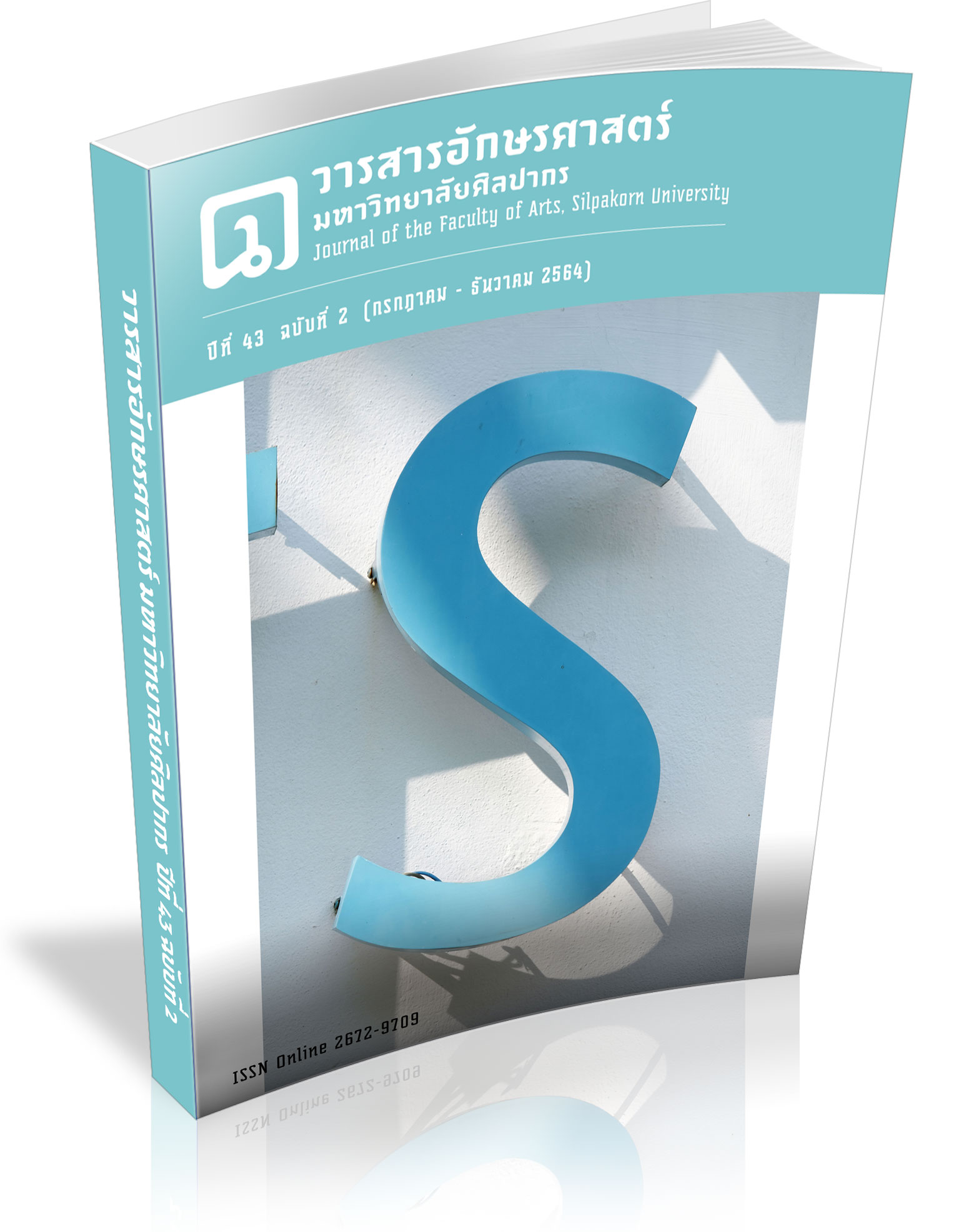Development of Historic Tourism Routes of Phetchaburi Province Applying Information and Communication Technology
Keywords:
Historical tourism, Information and Communication Technology, Routing modelAbstract
This article aims to identify historical sites in Phetchaburi Province that have the potential to become tourist attractions, develop a Geographic Information System (GIS) database for supporting historical tourism activities, and create a tourist route model to support historical tourism activities. The researcher initially grouped the historical tourist sites of Phetchaburi based on the Department of Tourism’s historical tourist site quality standard assessment form, 2014. In the next stage, the researcher determined the approach to information system design and created a travel route planning model. The results of the research reveal that the historical tourist sites of Phetchaburi province can be tourist attractions. There are a total of 26, consisting of 18 temples, four palaces and four important places. From evaluating the quality standards of these historical touristic sites, seven sites were rated ‘excellent’ level, four sites ‘very good’, four sites ‘good’, five sites ‘medium’, and six sites ‘low’. Then, using the excellent and very good rated tourist attractions sites design a GIS database and develop the model for supporting historical tourism with descriptive information, pictures, maps, and other supporting media, calculating, and arranging historical tourism routes. As well as being able to calculate the route for connecting to other information related to tourism.
Downloads
References
Department of Tourism, Ministry of Tourism and Sports. (2014). Historical Attraction Quality Standard Assessment Guide. 2th ed. Bangkok: Office of Printing Works, The War Veterans Organization of Thailand under Royal Patronage. (In Thai)
Digital Economy Promotion Agency. (2017). Digital Promotion Master Plan 2018-2022. Retrieved 30 June, 2017, from https://www.depa.or.th/storage/app/media/file/depa-Promotion- Plan-Book61-65.pdf. (In Thai)
Geo-Informatics and Space Technology Development Agency (Public Organization). (2016). Definition of Geo-information technology. Retrieved 15 May 2016, from https://www.gistda.or.th/main/th/node/815.
Jattamart, A. & Kwangsawad, A. (2017). The Application of Geographic Information Systems to Develop an Application for Finding an Optimal Route for Tourist Attractions in Hua Hin, Prachuap Khiri Khan Province. J Sci Technol MSU 37(3), 431-438. (In Thai)
Jittangwattana, B. (2005). Tourism Industry. Bangkok: Tourism Academic Center of Thailand. (In Thai)
Kiriwongwattana, K., et al. (2018). Innovation in Geographic Information Systems to Promote Tourism and Creative Economy: Case study, Mueang District, Phetchaburi Province (Full Report). Nakhon Pathom: Silpakorn University. (In Thai)
Kokkaew, E., Keson, J., Wongsai, S. & Wongsai, N. (2016). Web application for GIS-based tourism data integration of Phuket province, Thailand. In Proceeding of GEOINFOTECH 2016. (pp. 103). Bangkok: Queen Sirikit National Convention Center. (In Thai)
Kongsawat, J. (2007). The Promotion Study of Cultural Tourism at Uthong Suphan Buri Province. Master Thesis, M.Ed. (Development Education). Department of Fundamentals of Education, Silpakorn University, Thailand (In Thai).
Phueakbuakhao, W. & Phueakbuakhao, S. (2018). Strategy for Developing Tourist Attractions with Participation of Phetchaburi Local Administration Organization Based on Philosophy of Sufficiency Economy. Veridian EJournal, Humanities, Social Sciences, and Arts 11(2), 509-524. (In Thai)
Phumkokrux, S., et al. (2015). Research and Development Model for Building a Network of Community Development of Udon Thani Municipality towards a Sustainable City with Information and Communication Technology (Full Report). Nakhon Pathom: Silpakorn University. (In Thai)
Phumkokrux, S., et al. (2015). Innovative Geographic Information Systems to Promote Tourism and Creative Economy Development : A Case Study of Muang District, Phetchaburi Province (Full Report). Nakhon Pathom: Silpakorn University. (In Thai)
Ratchavieng, A. & Pengchuay, W. (2014). The Development of Geographic Information System for Tourism Industry to ASEAN Community in Phetchaburi Province (Full Report). Bangkok: Rajamangala University of Technology Rattanakosin. (In Thai)
Virunha, C., et al. (2017). ‘Gateway to Southeast Asia’ : New Perspective on the Study of Maung Petchaburi’s History. (Full Report). Nakhon Pathom: Silpakorn University. (In Thai)
Downloads
Published
How to Cite
Issue
Section
License
Copyright (c) 2021 Journal of the Faculty of Arts, Silpakorn University

This work is licensed under a Creative Commons Attribution-NonCommercial-NoDerivatives 4.0 International License.
ผู้เขียนบทความต้องยินยอมในข้อกำหนดต่าง ๆ ของวารสารก่อนส่งบทความตีพิมพ์




